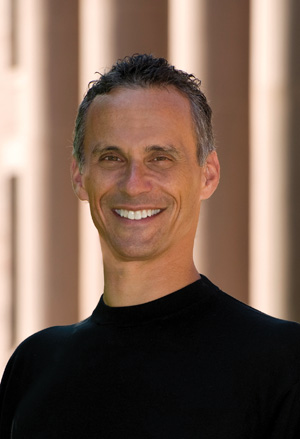PRESIDENT’S LETTER

This year my April Fools’ blog announced that Wesleyan was moving all of its classes online: “ALL MOOCS ALL THE TIME. No more need for classrooms.” I didn’t really expect to fool anyone for more than a moment, not even those perennially suspicious of my intentions (or authority generally), of which there are many! Still, there are people who really DO worry that the MOOCs are coming. A couple of years earlier, my April 1st blog was about plans to flatten Foss Hill. I didn’t really expect to fool anyone with that one either, although there I was surprised. If Foss Hill could talk, it would surely tell us that its purpose is to serve as common ground for Wesleyan’s past, present, and future. Foss isn’t going anywhere, but it’s hard to say that about many of the buildings on campus. It’s hard to say that because the future of liberal education is unclear, and the buildings should serve that future. Learning styles change, as do expectations for learning. In the past, Wesleyan has often been in the vanguard of movements in higher education, and I want that for Wes going forward as well.
I’ve been reading and reviewing quite a few of the recent books on higher education. Their titles say a lot. The “end of college” seems gleeful compared to the more sober guides to “American higher education in crisis.” Students are said to be “academically adrift” or “excellent sheep.” We confront a “higher education bubble” that puts “liberal arts at the brink,” and the final step for Higher Ed is “disruption,” say the critics. Among the critics, at least, there does seem to be a bit of a herd mentality.
In contrast to stories about universities unwilling to change, at Wesleyan many faculty are champions of innovation in the classroom and beyond. Professors here are active scholars, scientists, writers, and artists—they are creating knowledge on campus, not just disseminating it, and that energy is carried forward into the classroom. Student learning is enhanced when teachers are themselves actively engaged in inquiry.
Our physical campus here in Middletown is a place that brings people together in ways that stimulate learning, friendship, and aspiration. The current overall vision for the future of the campus was established nearly two decades ago, and recently it seemed to me it was time to take another look. Given the changes in technology and criticism of the methods, purpose, and value of Higher Ed, it seemed clear that we needed to think hard about how to more intentionally leverage the residential experience. In our RFP sent out to a number of campus planning firms we wrote:
“Face-to-face interactions are at the core of what makes campus learning so compelling. Technology will change the nature of the classroom experience, and some sorts of learning will be less dependent on presence in the classroom. This will make leveraging the residential nature of our university—with respect to campus learning—all the more crucial. Interactions ranging from serendipitous encounters to intense intellectual exchanges will become all the more important. The campus of the future must be designed to promote such interactions.”
After a number of months in which we considered responses to our RFP, we chose as consultants a Boston team from Sasaki Associates and Eastley & Partners. Their work is now coming to a close, and their report will be finished in June. It won’t be a new campus master plan. As I put it on the website: “This project is open-ended and ideas-driven, and its purpose is to frame a set of principles to guide the evolution of the campus in the future.”
The consultants have made several visits to campus and received input from students, faculty, and staff. As I write this, they are not done yet. But already they have made a number of interesting observations: about finding the right balance between traditional learning spaces and “magnetic learning spaces” appropriate for group work; about how some spaces at Wesleyan are better than others at facilitating interactions between professor and student and between student and student; about the ways in which Wes students don’t use common rooms in their dormitories and do use interstitial spaces such as lobbies and corridors; and about how students find empty classrooms in which to study and meet. In this last regard, our most recent renovations, at 41 Wyllys and Allbritton, are favorite spaces, so clearly we’ve been doing some things right!
Actually I believe we’ve been doing a lot of things right, which doesn’t mean there isn’t more to do. The most important lesson in the recent commentary on higher education isn’t about disruption; it’s about the importance of learning as a way of life that can be made much more accessible with tools both old and new. Our lovely campus has served us well for a long time, and with careful, creative planning we will develop flexible spaces that are hospitable to both tradition and innovation. There is great opportunity in rethinking campus learning, and Wesleyan will be among those institutions committed to making the most of physical space and virtual capacity.
